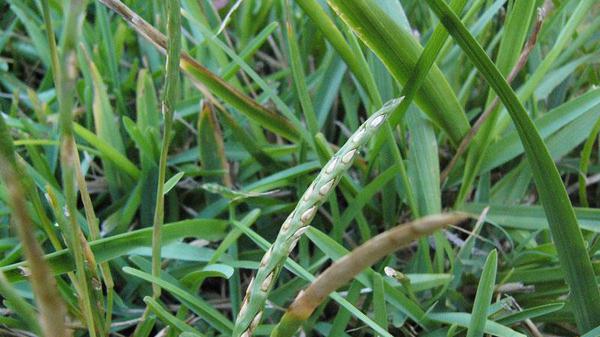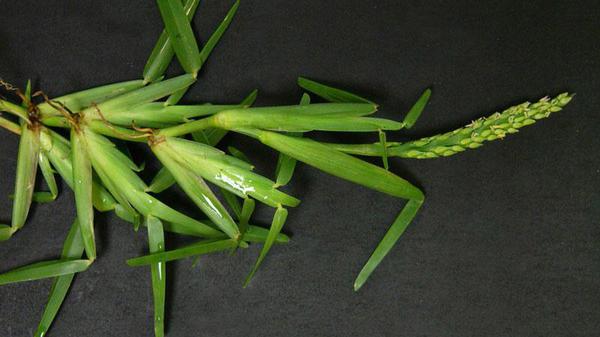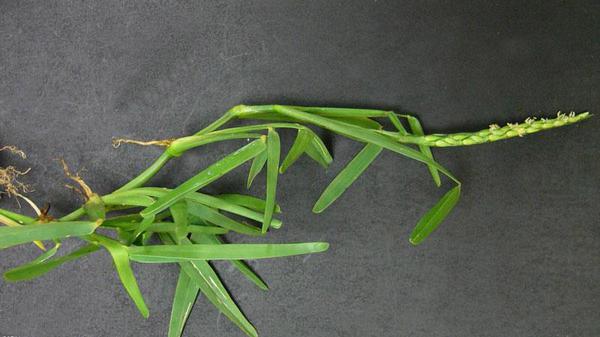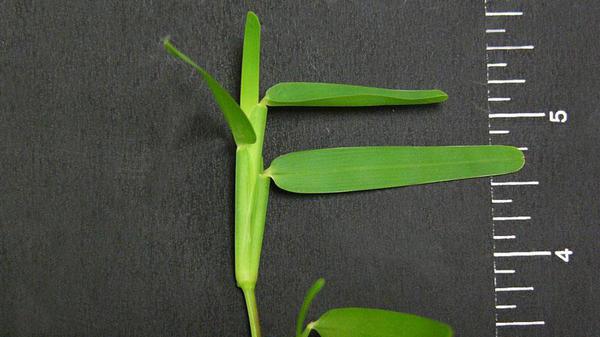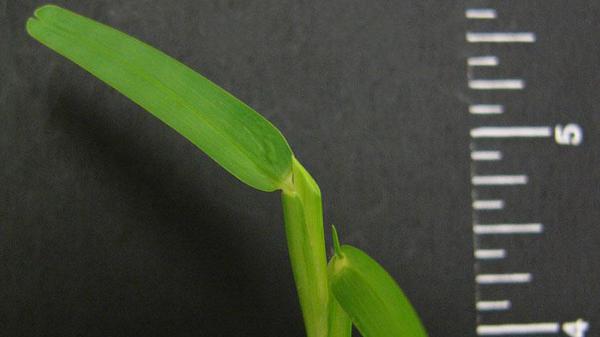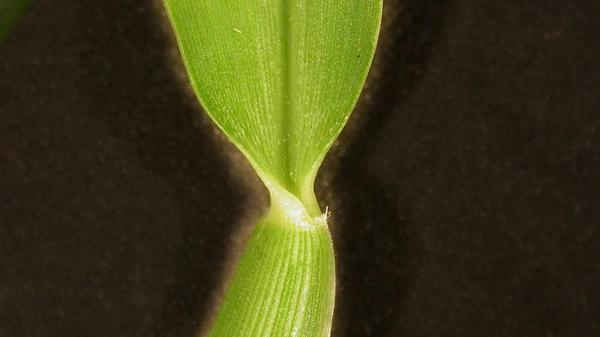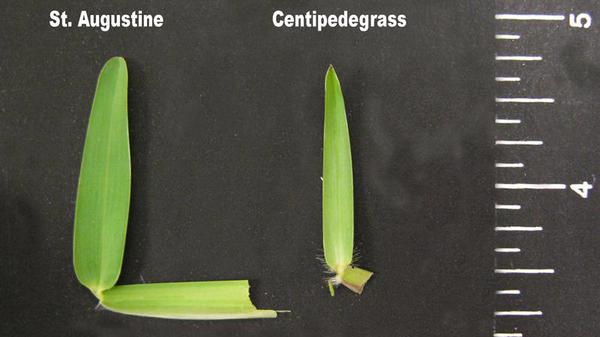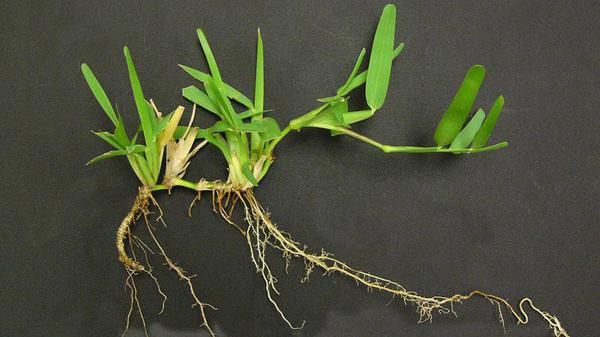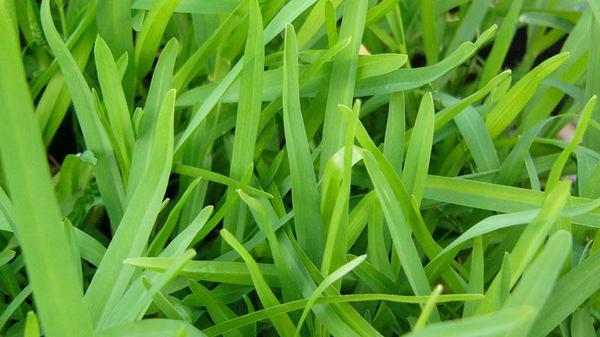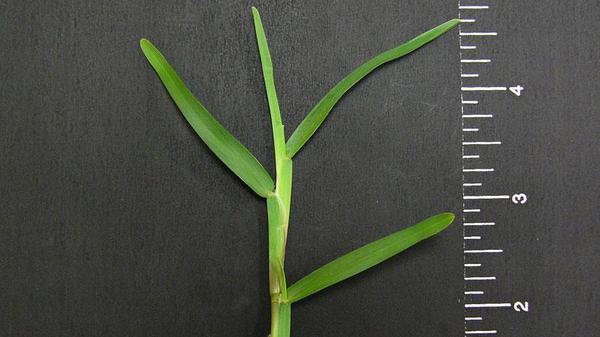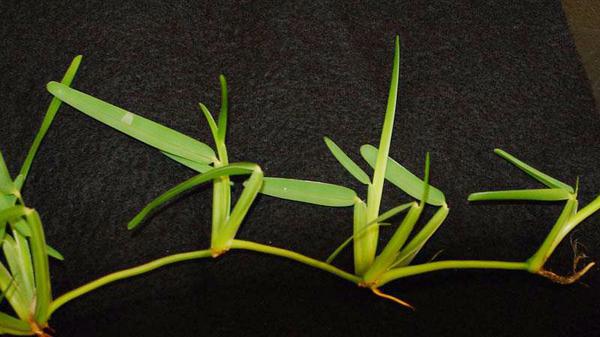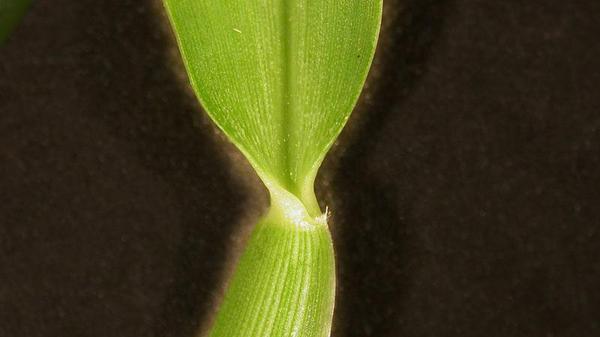St. Augustinegrass
en Español / em Português
El inglés es el idioma de control de esta página. En la medida en que haya algún conflicto entre la traducción al inglés y la traducción, el inglés prevalece.
Al hacer clic en el enlace de traducción se activa un servicio de traducción gratuito para convertir la página al español. Al igual que con cualquier traducción por Internet, la conversión no es sensible al contexto y puede que no traduzca el texto en su significado original. NC State Extension no garantiza la exactitud del texto traducido. Por favor, tenga en cuenta que algunas aplicaciones y/o servicios pueden no funcionar como se espera cuando se traducen.
Português
Inglês é o idioma de controle desta página. Na medida que haja algum conflito entre o texto original em Inglês e a tradução, o Inglês prevalece.
Ao clicar no link de tradução, um serviço gratuito de tradução será ativado para converter a página para o Português. Como em qualquer tradução pela internet, a conversão não é sensivel ao contexto e pode não ocorrer a tradução para o significado orginal. O serviço de Extensão da Carolina do Norte (NC State Extension) não garante a exatidão do texto traduzido. Por favor, observe que algumas funções ou serviços podem não funcionar como esperado após a tradução.
English
English is the controlling language of this page. To the extent there is any conflict between the English text and the translation, English controls.
Clicking on the translation link activates a free translation service to convert the page to Spanish. As with any Internet translation, the conversion is not context-sensitive and may not translate the text to its original meaning. NC State Extension does not guarantee the accuracy of the translated text. Please note that some applications and/or services may not function as expected when translated.
Collapse ▲Description
St. Augustinegrass (Stenotaphrum secundatum) is a warm-season grass with medium density and medium to dark green color. Of all the warm season grasses, it is the least cold tolerant and has the coarsest leaf texture. St. Augustinegrass grows best in warm, humid areas that are not exposed to long periods of cold weather. In fact, its lack of cold tolerance is the major limiting factor in determining its use in North Carolina. Centipedegrass can often be confused with St. Augustinegrass. However, centipedegrass has alternating leaves at the nodes whereas St. Augustinegrass has opposite leaves at the nodes. Centipedegrass also has a more pointed, slenderer leaf blade than St. Augustinegrass. Both leaf blades are V-shaped in cross section, but that of St. Augustinegrass has a more obviously boat-shaped tip.
Lawn Maintenance
- For a month-by-month St. Augustinegrass lawn maintenance calendar, see St. Augustinegrass Lawn Maintenance Calendar, AG-540.
Species Data
- SEEDHEAD / FLOWER
- VERNATION TYPE
- leaves folded in the bud
Figure 5
- leaves folded in the bud
- LIGULE TYPE
- GROWTH SEASON / LIFE CYCLE
- warm season turf
- AURICLE TYPE
- absent
Figure 7
- absent
- LEAF BLADE TIP SHAPE
- LEAF BLADE WIDTH
- 0.16 - 0.4 inches (4 - 10 mm) wide
- STOLON PRESENCE
- present; stout
Figure 12
- present; stout
- RHIZOME PRESENCE
- absent
- COLLAR TYPE
- continuous; not hairy, constricted
Figure 13
- continuous; not hairy, constricted
- SHEATH MARGIN
- open; sheath is slightly hairy along edges and toward top
Figure 5
- open; sheath is slightly hairy along edges and toward top



